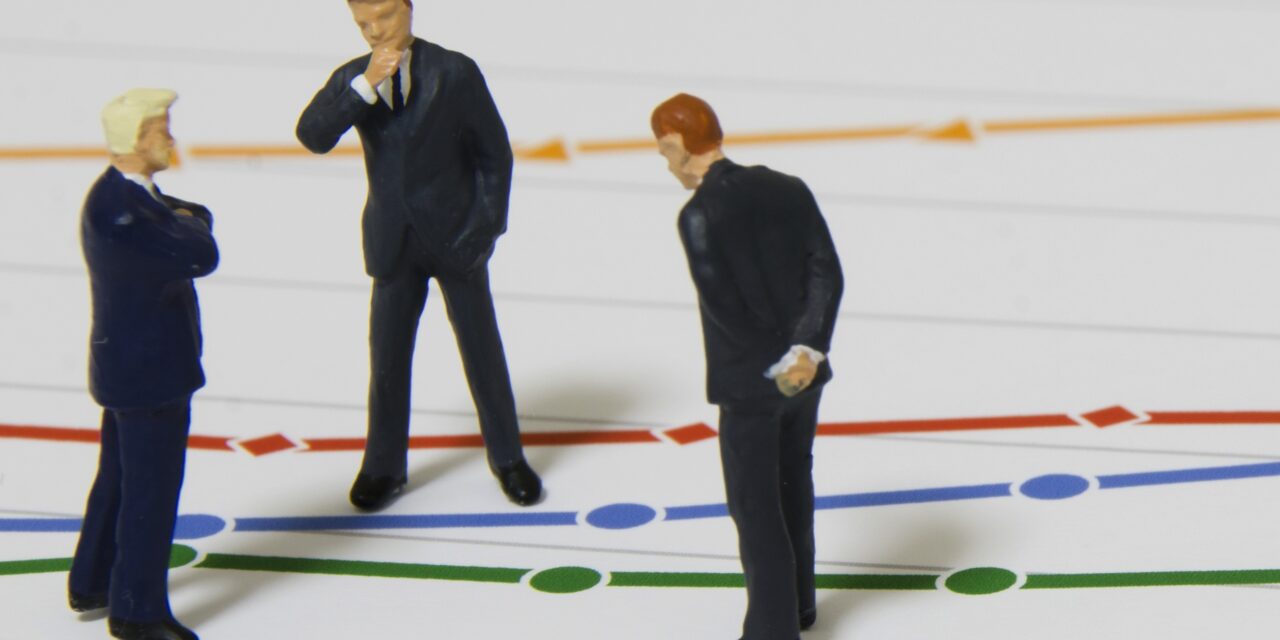
The Age of AI Research and Procurement: What it Means to You

The B2B sales landscape is undergoing a significant transformation due to the integration of AI technologies throughout the procurement process and buyer’s journey. Not only are AI research engines built into many EMS and CPM tools, buyers are also loading buyer criteria prompts into ChatGPT, Claude, Perplexity, and other research and chat bots. As AI reshapes how businesses research, evaluate, and purchase products and services, it’s crucial for sales, enablement, and marketing professionals to adapt their strategies to this new reality.
AI is revolutionizing the procurement cycle by infusing predictive power and efficiency into core processes. From demand forecasting to supplier identification and risk management, AI-powered tools are streamlining operations and providing deeper insights. If a human takes 10 hours to perform the research needed to educate their buying cycle, and AI takes 10 seconds, what do you think most businesses will support? Yet many businesses are not performing AI search optimization (AIO) with the same vigor they apply to search engine optimization (SEO.)
What is AIO?
As a business entity, implementing AIO can significantly enhance your digital footprint and give you a competitive edge in the AI-driven landscape. It will ensure you are found in this new search style, but AI search will force your sellers to adopt new sales motions.
AIO is essentially the next evolution of SEO, focusing on optimizing your digital presence for AI-powered platforms and algorithms. It goes beyond traditional SEO practices by leveraging advanced AI technologies to understand and improve how your brand appears in AI-driven search results.
If a website and web presence isn’t optimized for AI, it will likely never make the list of AI recommended vendors. Yet in many verticals, AI boosted search is used in more than 70% of research! Where will these tech-challenged brands be in a year if this trend continues?
AIO helps ensure your brand appears prominently in AI-powered search engines and recommendation systems, which are increasingly influencing consumer decisions. Tools like Semrush Copilot, and AI Search Grader offer guidance on making your web presence more AI search friendly.
By embracing AIO now, you can position your company at the forefront of this emerging trend, potentially outpacing competitors who are slower to adapt. Additionally, AIO tools can analyze user behavior and search patterns, allowing you to tailor your content and offerings to meet customer needs more effectively. That’s a win all by itself!
What About the Sellers?
The effect is bigger than AIO needs. The sellers need to adopt new skills and strategies as well. The shift to AI boosted procurement means that B2B buyers are now armed with more information and autonomy than ever before, with studies showing that up to 70% of the buying process may be completed before any initial sales interaction. That means your sales cycle doesn’t begin at Stage 1 any more, it begins at Stage 4. And everybody better be ready!
To navigate this evolving landscape, sellers may need to leverage additional AI tools to gain a comprehensive understanding of where buyers are in their journey. They should start with the analytics from the AIO tool for any inbound leads.
For outbound lead generation, AI-powered sales platforms can analyze vast datasets to identify high-intent opportunities based on real-time signals such as website visits, content downloads, and email engagement. This enables sales teams to pinpoint prospects who are actively considering purchasing solutions, not just researching them, and tailor their approach accordingly.
Enabling Sellers to Adapt
To empower sellers to thrive in this AI-driven environment, organizations should focus on personalization and time saving measures. Buying a tool is not enough – enablement teams need to train sellers on how to leverage the tools, or the adoption will be low. Here’s what to consider:
- Data-Driven Insights: Utilize AI supported sales tools to provide sales teams with actionable insights about prospect behavior and preferences. This allows for more targeted and personalized outreach. Consider GTM Buddy, Salesloft, Salesforce Einstein, and others.
- AI-Powered Lead Scoring: Implement AI systems that can qualify leads automatically, helping sales reps focus their efforts on the most promising opportunities. Remember, most sellers spend more than 65% of their time working deals that never close! Strong lead scoring tools can make much better use of a seller’s time. Consider Signum AI, Salesforce Pardot, Marketo Engage, and others.
- Personalization at Scale: Leverage AI to craft tailored email and social media content and messaging for each stage of the buyer’s journey. Not only does it save significant time, the research capacities and good prompt writing can ensure high relevance and engagement. Consider Marketo Engage, ChatGPT, Perplexity, and others.
Determining Buyer Intent and Journey Stage
Turn the tables on the AI procurement disruption! You can trace the steps of a buyer back to help identify both understanding of your offering and intent to purchase. AI can help sales professionals accurately assess where a buyer is in their journey by:
- Analyzing Digital Footprints: AI tools can track and interpret a prospect’s online behavior, including content consumption and search patterns, to gauge their level of interest and readiness to purchase. This allows sellers to meet buyers where they are in their research and decision journey. Consider Semrush, Salesforce Einstein, Demandbase, and others.
- Predictive Analytics: Advanced AI models can forecast which stage a buyer is likely to be in based on historical data and current engagement metrics. This is another huge way AI can save seller time and increase the efficacy of their engagement with prospects. Consider Salesforce Einstein, 6sense, and Hubspot Lead Scoring, and others.
- Intent Signals: Not all leads are created equal. Understanding where your lead is in their journey is crucial. Research? Or buying intent? AI can identify and interpret buying intent signals across various channels, allowing sales teams to engage at the most opportune moments. Consider 6sense, Revenoid, and Cognism, among others.
Effective Use of AI Tools in House
Once your sellers are armed with intelligence about their prospects, they need to minimize time wasted on routine tasks and repetitive research. They also need to communicate effectively both internally, and with clients. To maximize their efforts and outcomes, professionals should consider and leverage the impact of AI in their sales cycle tasks:
- Automate Routine Tasks: Use AI to handle time-consuming activities like data entry and meeting scheduling, freeing up time for high-value interactions.
- Enhance Personalization: Employ AI-driven tools to create hyper-personalized outreach strategies, improving engagement rates and accelerating the sales process.
- Optimize Sales Processes: Leverage AI for continuous improvement of sales strategies, using data-driven insights to refine approaches and increase win rates.
- Collaborate Across Functions: Utilize AI to foster better alignment between sales, marketing, and enablement teams, ensuring a cohesive approach throughout the buyer’s journey.
Things are changing in buying – and sales – fast! It’s easy to become overwhelmed. But avoiding the topic of AI landscape changes can be disastrous. If sellers, marketers, and enablers aren’t able to keep up with the pace, they will be at risk of being replaced.
By embracing these AI-driven strategies, B2B professionals can effectively navigate the changing landscape, meet evolving buyer expectations, and drive success in an increasingly digital and autonomous purchasing environment.
































